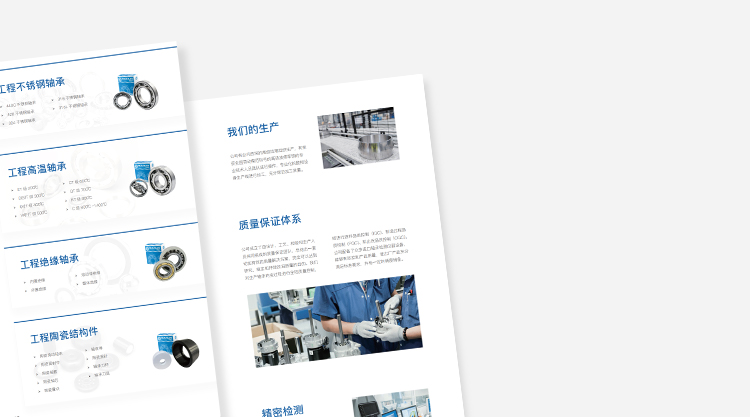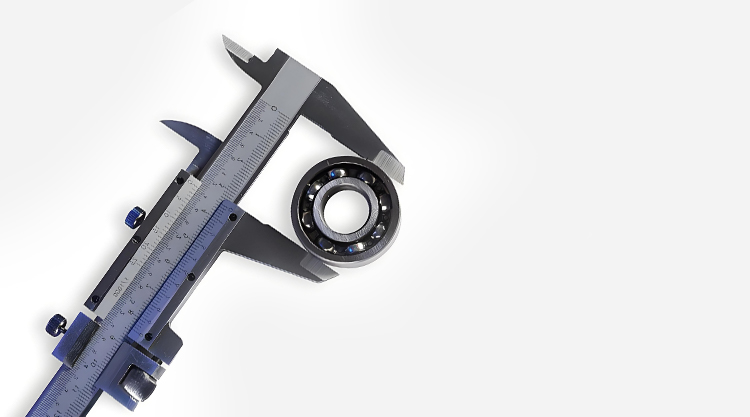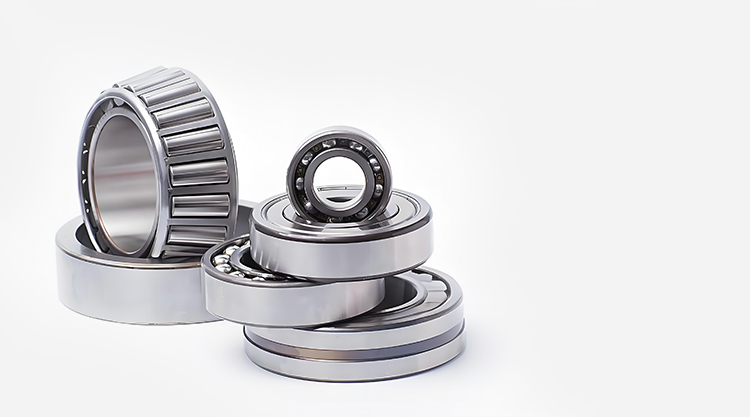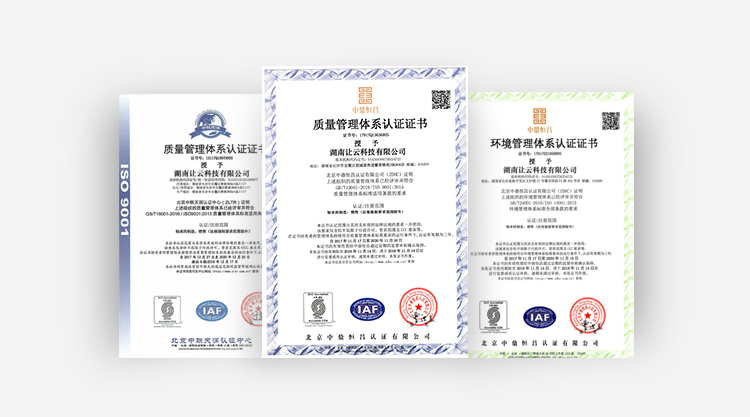Several Signs of Incorrect Bearing Installation — Have You Noticed Them?
In the daily operation of industrial equipment, bearings, as key transmission components, directly affect the stability and service life of the equipment. However, many early failures are not caused by the quality of the bearing itself, but rather by incorrect bearing installation. This article will detail several common signs of improper bearing installation, helping engineers and maintenance personnel identify problems in time and avoid greater losses.
1. Abnormal Bearing Temperature Rise
During bearing installation, if the axial clearance is improperly adjusted or incorrect tools are used, friction will increase, causing the bearing to run at abnormally high temperatures. This situation not only affects the performance of the grease but may also cause premature bearing failure. When encountering this sign of incorrect bearing installation, the equipment should be stopped immediately for inspection.
2. Abnormal Noise During Operation
When bearings are improperly installed, resulting in uneven load distribution between the rolling elements and raceways, the bearing may produce sharp knocking, friction, or humming sounds during operation. Such abnormal noises usually indicate installation problems, such as the bearing not being properly seated or misalignment of the inner and outer rings. If not adjusted in time, it may lead to vibration and reduced precision.
3. Excessive Bearing Vibration
Proper bearing installation ensures smooth equipment operation, while incorrect installation methods (such as hammering or failing to align the shaft) can cause noticeable vibration. This sign of incorrect bearing installation accelerates wear on components, shortens service life, and affects production accuracy.
4. Grease Leakage or Rapid Failure
If the seal ring is not properly installed or installed incorrectly during bearing assembly, grease leakage or rapid grease failure may occur. Prolonged operation without lubrication not only results in bearing damage but may also cause equipment downtime. When abnormal lubrication is observed, maintenance personnel should consider whether there is improper bearing installation.
5. Early Bearing Wear or Spalling
Common installation errors can also cause abnormal wear or spalling of the rolling elements and raceways. For example, using an improper heating method during installation or failing to maintain cleanliness during assembly can significantly shorten bearing life. When this occurs, it often requires replacing the bearing and reinstalling it correctly.
6. How to Avoid Incorrect Bearing Installation?
To prevent the above signs of incorrect bearing installation, engineers should pay attention to the following points:
- Use special installation tools and avoid hammering directly.
- Keep the bearing and installation environment clean to prevent foreign matter intrusion.
- Adjust axial clearance strictly according to the equipment manual.
- Use proper heating methods for hot mounting, avoiding overheating.
- After installation, perform a trial run to monitor temperature, noise, and vibration.
Conclusion
The signs of incorrect bearing installation mainly include temperature rise, abnormal noise, excessive vibration, lubrication failure, and early wear. For maintenance personnel, identifying these signals in time and taking corrective measures not only extends bearing life but also reduces downtime risk. Proper installation and scientific maintenance are the keys to ensuring efficient equipment operation.
-
17 2025.09How to Select Bearings for Semiconductor Equipment in HF Acid Environments?
For bearings in semiconductor equipment operating continuously under HF acid conditions, this environment poses significant challenges.
-
17 2025.09Analysis of Zinc-Free Copper Bearings
Why Choose Zinc-Free Bearings? Under What Conditions Must Zinc-Free Bearings Be Strictly Used? This article will provide an in-depth analysis based on real-world application scenarios.
-
17 2025.09What causes excessive temperatures during bearing operation?
This article will analyze the causes of excessive bearing operating temperatures from multiple perspectives based on practical applications, and provide corresponding solutions to help engineers and e
-
17 2025.09Angular Contact Bearings: Structural Features, Application Scenarios
In industrial equipment, angular contact bearings are a common type of high-precision bearing widely used in machine tool spindles, motors, pumps, compressors, and aerospace applications.




